A Fly Fishing Chronicle: The Coch-Y-Bonddu
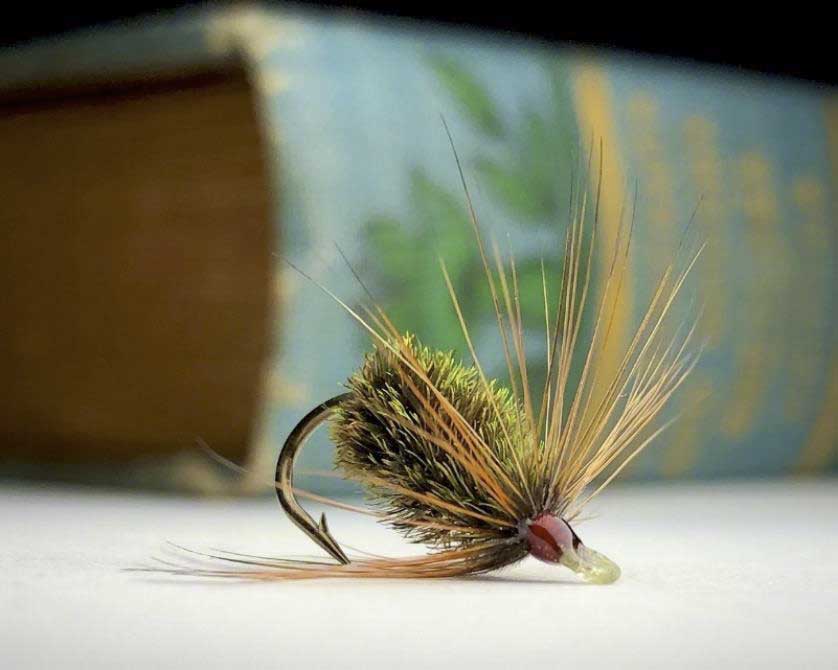
“Oh, how happy here’s our leisure! Oh how innocent our pleasure! Oh the valleys! Oh the mountains! Oh the groves and crystal fountains, how I love at liberty by turns to come and visit ye!” – Izaak Walton (1653)
On the Waters
Late summer mornings are a magical time along the woodland trout stream that flows behind our Pennsylvania home. A short walk brings greetings of misty ferns, painted lady butterflies and a wood thrush singing with joy as the days of summer grow shorter. Evening showers and cool nights offer a welcome relief from the sweltering heat, and the spring stream is renewed with wild trout in every pool, shaded by maple, birch and towering sycamores. A quiet observation reveals subtle changes of the season with mayfly and caddis hatches dwindling and a stream bed alive with darting minnows, dace and the flitter of emerald aquatic beetles.
With a gentle cast my fly settles just above a riffle, drifting below the surface into a calm pool as three awaiting trout race into the sunlight, deceived by a tiny wet fly with the subtle flash of peacock and auburn hackle.
Let’s take a journey back through the corridors of time with a fly that has adorned the boxes of fishermen for over four hundred years.
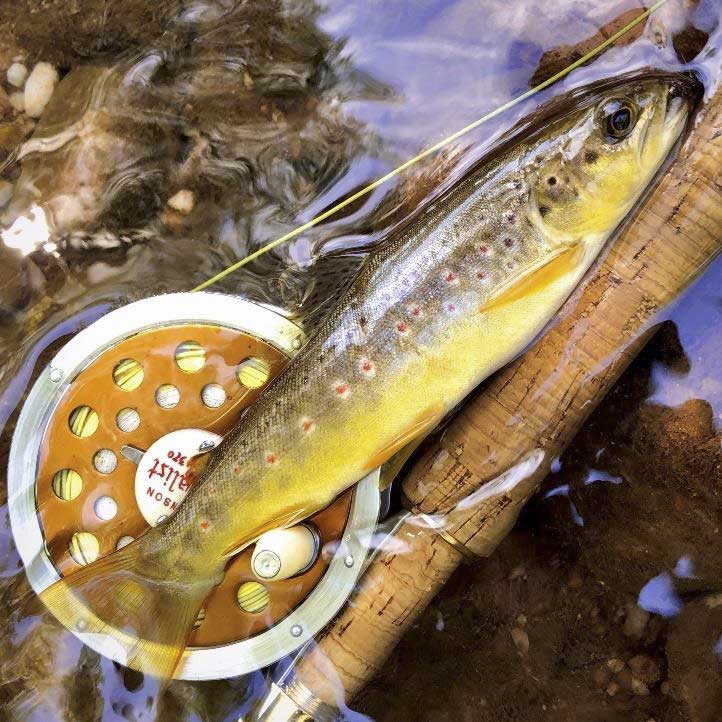
Fred Klein photo
Beginnings
With origins in England, Wales and Ireland, the Peacock Soft Hackle was a favorite fly of anglers when news journals heralded the accomplishments of Galileo, Shakespeare and John Smith’s Jamestown Colony in the new world. It was a fly pattern described in nearly every major work of fly fishing literature, the earliest written in 1613—The Secrets of Angling by John Dennys—and on through the ages to more modern works including Ray Bergman’s Trout just before the onset of World War II.
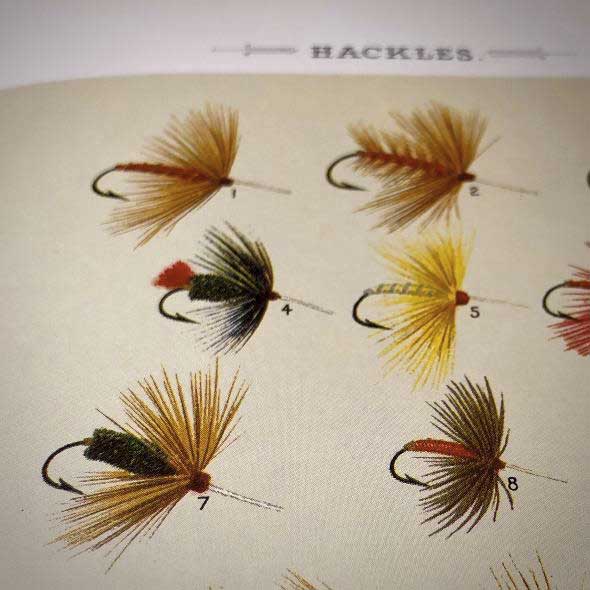
Plate from Mary Orvis Marbury’s “Favorite Flies and Their Histories” (1892)
In 1883 Mary Orvis Marbury of Vermont penned: “The Cock-y-Bonddu Hackle is made in imitation of a small beetle, sometimes called the Bracken Clock. There are several species, some of them found upon poplar trees, and others are numerous upon ferns by the waterside. Fly makers vary the size of the fly and its color slightly, and name it according to locality, as the Marlow Buzz, Shorn Fly, Hazel Fly and Brown Beetle.”
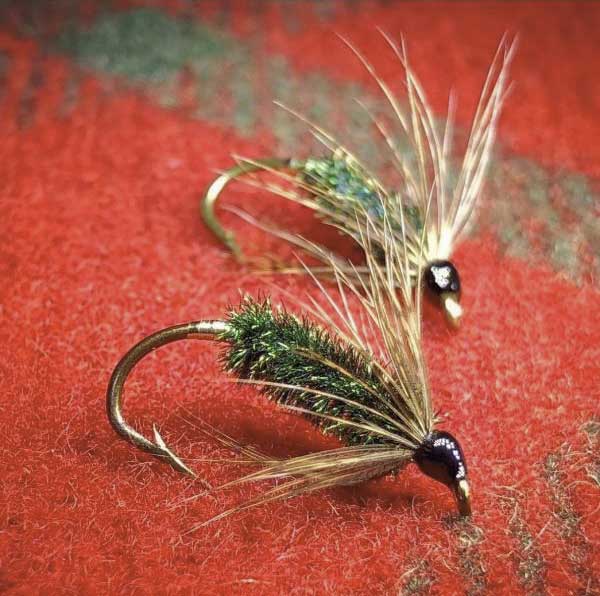
Marlow Buzz, from Ray Bergman’s “Trout” (1938)
Francis Francis the British author wrote, “The Coch-y-bonddhu a noted fly in Wales, and useful in very many streams. It may be dressed of any size, from the largest to the smallest. I use this fly in preference to all others, as a wet fly, ribbed with fine gold wire, it kills in many streams nobly.”
Contemporary
Today the fly fishing community has grown globally, especially with the many new fly patterns shared online. The evolution of styles and synthetic materials have advanced to astounding levels. Yet this tiny soft hackle remains, a durable reminder of the days of antiquity when anglers first twisted feathers around a bent needle and cast to trout with horsehair line. Whether it represents an aquatic beetle, a terrestrial insect, or nymph with pulsating hackle, the Cock-y-Bonddu will be found in fly boxes for generations to come.
Perhaps you too will tie some peacock and brown feathers on a hook and discover why this simple little fly has followed anglers across the continents and through the corridors of time.
“Mark well the various seasons of the year
How the succeeding insect race appear
In this revolving moon one color reigns
Which in the next the fickle trout disdains
Oft have I seen a skillful angler try
The various colors of the treacherous fly
When he with fruitless pain hath skimmed the brook,
And the coy fish rejects the skipping hook
He shakes the boughs, that on the margin grow,
Which over the stream a waving forest throw
When if an insect fall, his certain guide
He gently takes him from the whirling tide
Examines well his form with curious eyes
His gaudy vest, his wings, his horns, and size
Then round his hook the chosen fur he winds
And on the back a speckled feather binds
So just the colors shine through every part
That Nature seems to live again, in art.”
– John Gay
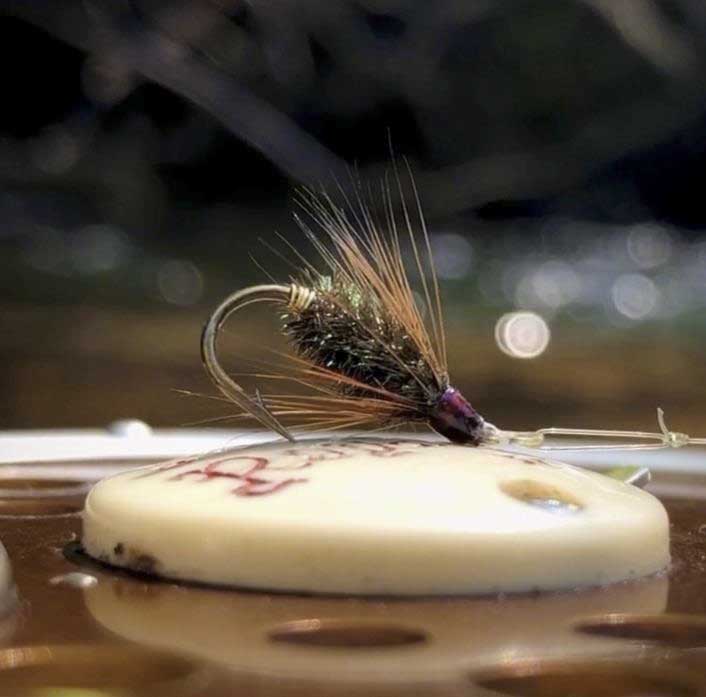
Fred Klein photo
COCK-Y-BONDDU DRESSING
Pronounced: Cocky-Bondy
Hook: Partridge Round Bend Blind Eye size 8
Tag: fine gold wire
Body: peacock hackle—natural, not dyed—over black thread, oval-shaped body
Hackle: furnace hackle or brown rooster
Head: red 8/0 thread coated with lacquer











